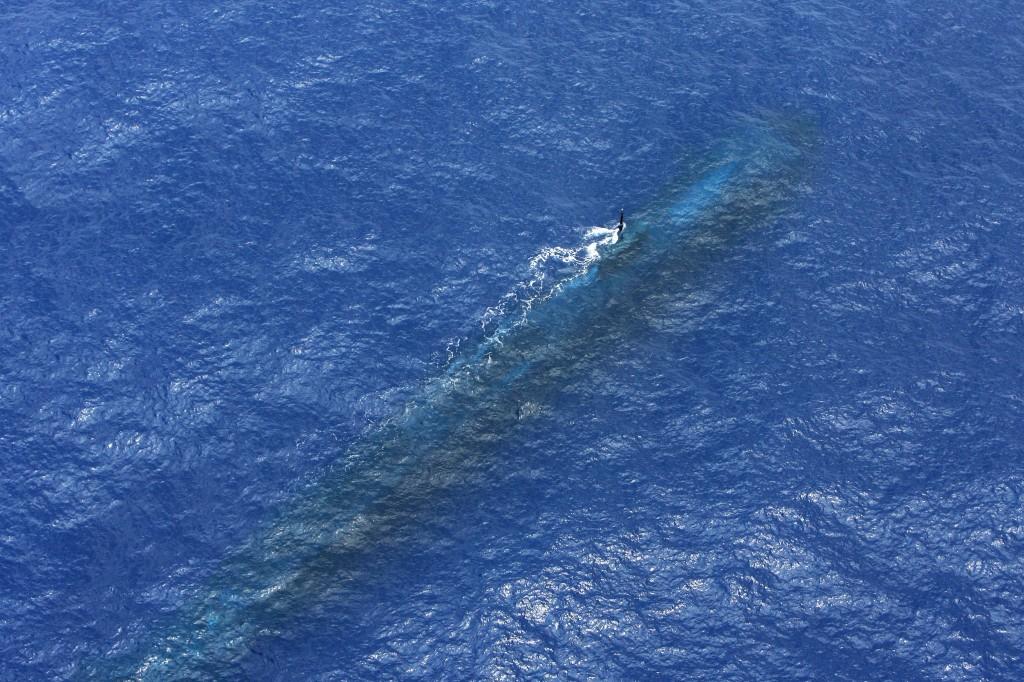The perils of submarine operations
Posted By Sam Bateman on April 10, 2014 @ 12:15
ASPI’s ‘Submarine Choice’ conference has highlighted much more than the central dilemma confronting Australia: what sort of submarines do we need and how should we acquire them? Various speakers have spoken of the broader consequences of submarine proliferation in the Indo-Pacific. Greater numbers of submarines are simply a fact of life for the region’s future. But in acquiring submarines for the first time or building up their submarine fleets, regional countries may be underestimating the risks of submarine operations. More submarines in the region pose challenges for maritime confidence building and ensuring submarine safety.
Submarines are inherently dangerous systems. Even a relatively minor accident onboard can have catastrophic consequences. Then there are the navigational risks associated with having more submarines operating in relatively confined waters with a high level of fishing activity and dense shipping traffic. Most seriously, more submarines in the region are potentially destabilising, particularly as they may be employed on covert surveillance and intelligence gathering missions in disputed waters.
Those problems can be accentuated because submarines suffer from severe command and control limitations. A submarine may be out of radio contact for extended periods of time. Radio waves don’t penetrate sea water to any extent, and a submarine has to put itself, or an antenna, close to the surface to make radio contact. In many operational circumstances, that may not be possible.
Even the most proficient operators of submarines, including the US Navy and the Royal Navy, suffer submarine accidents with depressing regularity. Several incidents have occurred recently in both Japanese and United Kingdom waters when submerged submarines have caught the nets of fishing boats and dragged them under—in some cases with loss of life.
There are many prerequisites of safe submarine operations. Submariners are among the most highly trained of all naval professionals. Submarine commanding officers have a huge responsibility. Their training and experience levels must be commensurate with this responsibility. Navies must be confident that their submarine commanding officers have sufficient skills and experience to handle serious incidents, including ones that could escalate into conflict, on their own initiative and without guidance and direction from ashore.
By their very nature, submarines aren’t well suited to maritime confidence building measures, including incident at sea (INCSEA) type agreements. Countries are extremely secretive about submarine operations, which runs contrary to the desirable confidence-building principle of transparency.
Several measures might be considered to improve submarine safety in the region. Arrangements for water space management (WSM), and the prevention of mutual interference (PMI) with submarine operations might be possible. Western navies use a regional Submarine Operating Authority to ensure no overlap of submarine operations. Both the secretive nature of some submarine operations and a broader lack of trust mean regional countries are unlikely to subscribe to such an authority.
In the interests of submarine safety, Australia promulgates its entire EEZ [2](PDF) as a permanently established submarine exercise area. This isn’t a restriction on foreign submarines operating into the zone. But it means that foreign submarines wishing to operate there should either transit on the surface or advise of their movements if the risk of submarine collision is to be removed. Regional countries might consider a similar measure.
A regional submarine Movement Advisory Authority along the lines of the procedures currently followed by Western navies might be possible. That would mean that parties to the regime know the operating areas of other submarines. Again, that’ll be difficult in view of the essentially covert nature of submarine operations and the sensitivity of many regional countries to sovereignty issues. In the longer-term, the establishment of submarine exclusion zones or ‘no go’ areas might be achievable, particularly in areas where sovereignty over islands and reefs is disputed.
Meanwhile, a range of prospective measures for mitigating the adverse consequences of regional submarine developments should be considered. Those might include regional protocols for dealing with unidentified submarines detected in the territorial sea, including the procedures to be followed and the signals to be used. Such protocols might include an agreement that in normal circumstances, the submarine shouldn’t be attacked with potentially lethal force. Government to government ‘hot-lines’ between national submarine operating authorities to deal specifically with submarine incidents might also be considered.
Continued regional cooperation is required on submarine training and safety, including submarine escape exercises and the development of protocols for cooperation to deal with missing or sunk submarines. A regional submarine rescue organisation could be introduced in which China, as a major operator of submarines, might play a part.
Submarine crews must be highly proficient, but some in the region may fall short in this regard. There are major implications here for Australia’s submariners. Despite how well our own submariners are trained, submarine safety is like road safety: the avoidance of an accident also depends on the skill of the other driver and the quality of the road rules. And we’re going to have more drivers on regional undersea highways in the future without the necessary rules in place.
Sam Bateman is a senior fellow at the S. Rajaratnam School of International Studies at Nanyang Technological University in Singapore. Image courtesy of Department of Defence [3].
Article printed from The Strategist: https://aspistrategist.ru
URL to article: /the-perils-of-submarine-operations-2/
URLs in this post:
[1] Image: https://aspistrategist.ru/wp-content/uploads/2014/04/Sub-ops.jpg
[2] Australia promulgates its entire EEZ : http://www.hydro.gov.au/n2m/2010/annual/n2m/19.pdf
[3] Department of Defence: http://images.defence.gov.au/20100712adf0000000_002.jpg
Click here to print.
